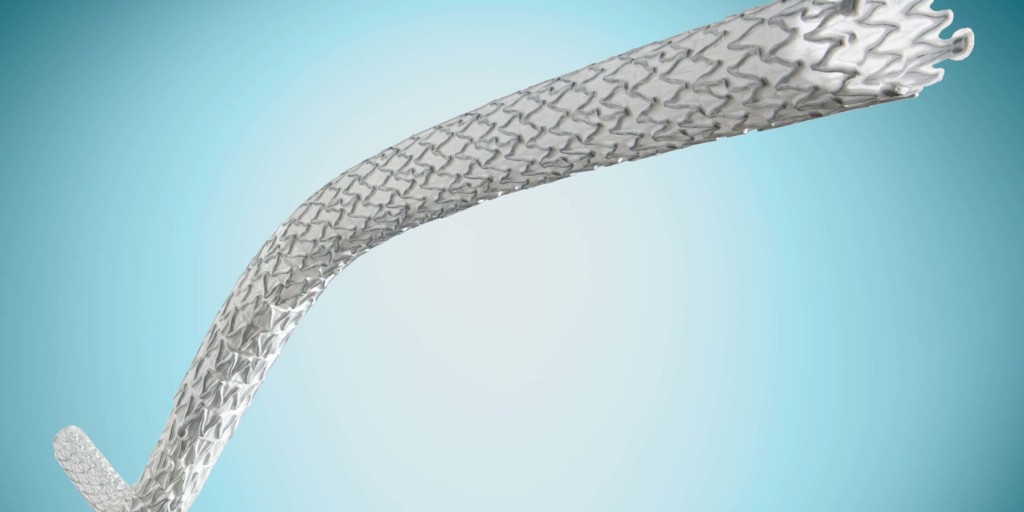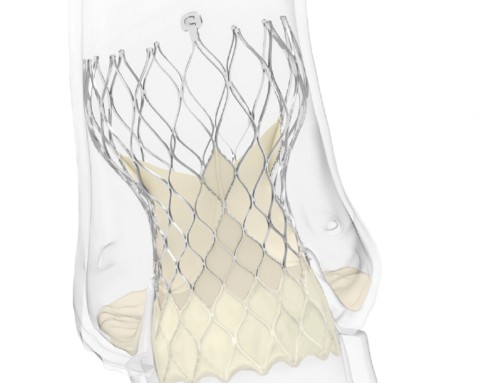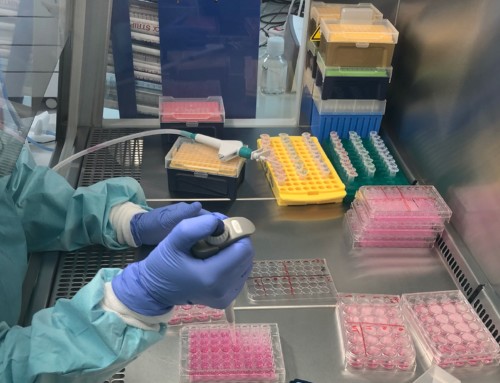
pDVA
LimFlow has received FDA approval for its investigational device exemption (IDE) for the PROMISE II pivotal study of the LimFlow percutaneous deep vein arterialisation (pDVA) system. PROMISE II is a multicentre, prospective, single-arm study to be conducted in the USA and Japan. Using an adaptive statistical design, the study plans to enrol 60 to 120 “no option” chronic limb-threatening ischaemia (CLTI) patients.
Endpoints include amputation-free survival at six months, limb salvage and wound healing, and patients will be followed out to three years. The “no option” patients who are candidates for the PROMISE II study are no longer eligible for conventional endovascular or surgical therapy for CLTI, as determined by an independent physician committee.
When all other therapeutic options have been exhausted and a CLTI patient is facing major amputation, according to a press release, the minimally-invasive LimFlow system is designed to bypass blocked arteries in the leg and deliver oxygenated blood back into the foot via the veins. For many patients, restoring perfusion in the lower limbs resolves chronic pain, improves quality of life, enables wound healing and prevents major amputation.
The approval to initiate the pivotal trial follows completion of six-month follow-up of the US early feasibility study—PROMISE I—that enrolled 32 patients at seven centres. Interim outcomes from the first 10 patients treated in the PROMISE I study showed nine patients surviving and amputation-free at one year, with seven of these patients experiencing complete wound healing. These results were presented in at the 2019 New Cardiovascular Horizons (NCVH) in May. The complete results of PROMISE I are due to be presented during a late-breaking trials Session at the 2019 VIVA conference (4–7 November 2019, Las Vegas, USA).
Daniel Clair (Cleveland Clinic Lerner College of Medicine of Case Western Reserve University, Cleveland, USA), the PROMISE II principal investigator, comments: “For these late-stage CLTI patients, success can be defined in two ways: wound healing and amputation-free survival. This exciting new therapy has the potential to restore blood flow to the ischaemic foot, which may help patients heal their wounds and keep their feet. I am very encouraged by the early experiences in the USA, and outcomes from this pivotal trial may offer hope to the many Americans who might otherwise face major amputations.”





